
Name one brand—right now—that you really love.
It could be an international behemoth or a local cafe. A hotel chain. Your favorite makeup brand.
No matter what comes to mind, the reason you “love” this brand is because you associate specific qualities with it. And those qualities probably feel pretty human.
Fun. Reliable. Witty. Innovative. Warm. Trustworthy. The specifics will be based on something quite simple and personal—these qualities are meaningful to you.
If you value wit, you’ll fall in love with brands that also value wit and weave it into their content.
If comfort and warmth are just what you need right now, those elements will feel like a well-branded hug.
If you love a direct, straightforward person, you’ll want that in the personality of a brand too.
Why a brand’s personality matters.
We are drawn to personalities: in the people we meet, the content we consume, and the brands from which we buy.
A lack of personality, with no definable qualities other than “We provide a service and we do it well,” may feel safe on some level, but it’s not doing your business any favors.
Loyalty grows from connection and, just like you need a bit of personality to connect with a person standing next to you at the park, your brand needs personality to connect with potential customers and clients.
So…how does one cultivate a brand personality? Let’s discuss.
Step 1: Gather inspiration.
Audit your favorite clients.
Think of a few ideal clients—actual people, if possible—and ask: What brands (other than yours!) do they enjoy?
- What brands of clothing do they wear?
- What kinds of cars do they drive?
- What hotel brands do they choose?
- What restaurants do they frequent?
It’s pretty straightforward, right? You want to be on the same list—the list of brands that they love and use.
 Put together a tidy little directory of brands and then go exploring. Check out their website, sign up for their emails, and follow them on social media. Get a sense of their personality.
Put together a tidy little directory of brands and then go exploring. Check out their website, sign up for their emails, and follow them on social media. Get a sense of their personality.
Grab inspiration where applicable.
Take what works—and amplify it.
If the consistent feedback from your clients is that they instantly felt connected to the owner of the business, a lead designer, or your salesperson…look to that personality and start to define it. Are they warmly straightforward? Do they inspire and paint a picture with words? Are they funny?
It is truly jarring to get one thing (e.g., wit, warmth, etc.) from one interaction with a brand and then a complete lack of personality from every email and post on social media.
Find what works and sprinkle it into every touchpoint.
Step 2: Pick a lane.
Copywriting tone is a bit of a loose concept—and it can feel tough to define it precisely. But there are some straightforward questions that can put you on the right track.
Are you more casual or more formal?
And do keep in mind that even a wildly high-end brand CAN have a more casual tone. These two things can actually live together quite nicely.
Casual copywriting uses more contractions (for example, “can’t” instead of “cannot”), less formal wording, and any jargon should be converted to more down-to-earth language.
Straightforward/serious or with a bit of humor?
Keep your tone clean and serious OR inject levity with elements like idioms, pop culture references, your own unique phrasing, etc.
Warmer or more corporate?
Even just a little tweak can make your reader feel closer to the brand or further from you. Go with first person (“I” or “We”) for a warmer feel. Speaking in third person about the company (“ABC Design is…”) will feel a bit bigger but less warm.
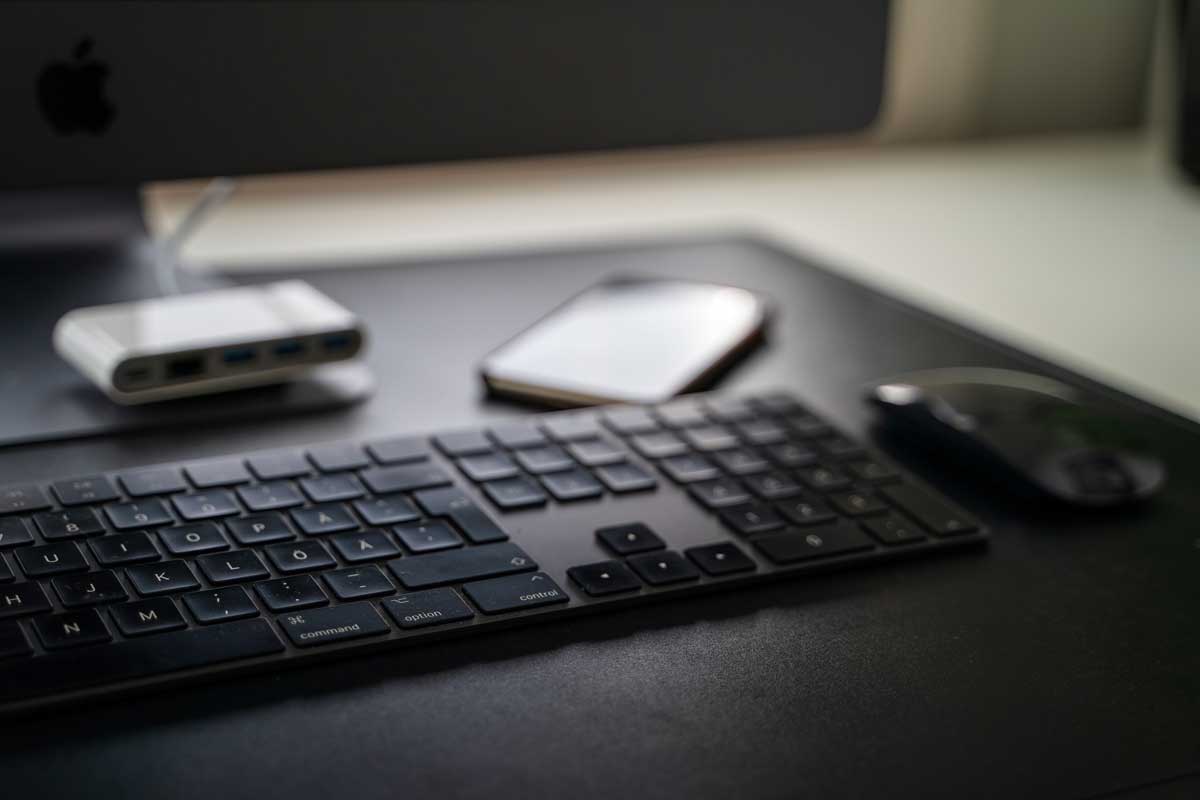 Step 3: Go beyond words.
Step 3: Go beyond words.
Personality lives in your copywriting and on social media, but you can infuse pretty much ANY touchpoint with something unique and memorable. Examples include:
Gifts
Warmth, wit, innovation, authority…many of a brand’s personality traits can be infused into a client gift. Once you know what you want to express, think outside the box and weave some personality into your choice of gifts and the verbiage on your cards.
Automation
Email confirmations and thank you pages tend to be bone-dry. But not yours! Add a welcome video (instant, baked-in personality) to an email list confirmation. Throw some down-to-earth phrasing into a “Thank you for your purchase” email. Look for opportunities to bring humanity back to automated elements.
Headshots
Personality can be layered into a headshot through clothing, poses, props, and, most definitely, background styling. Get creative and make your owner and team headshots memorable.
Image Styling
Who said project photos—for interior design, custom window treatments, or awnings—need to remove all evidence of humanity and personality? Keep it gorgeous (dirty dishes in the kitchen sink would be a little too “real”), but find ways to sprinkle in beautifully placed food, dogs, shoes, wine, and people. Use whatever feels right for the personality of your client and your brand.
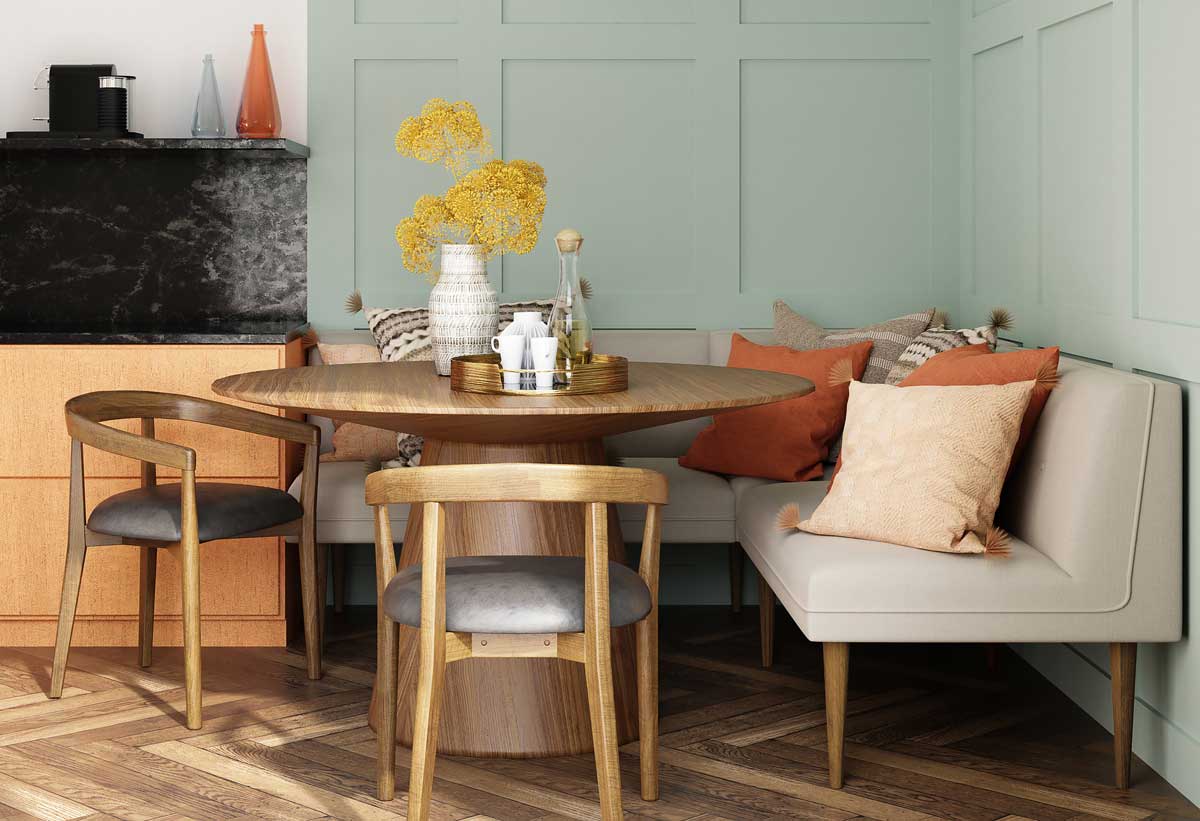
A dash of personality benefits everyone.
This work is not JUST for your past, current, and future clients. Baking personality into every aspect of your process and communication is legitimately fun.
Consistent personality and a unique tone feel good—for you as the business owner and for your team.
In the end, brand personality is an important part of your marketing strategy. Get purposeful, take control of it, and you’ll start experiencing the benefits.
_________
About Author:
Nicole Heymer is the founder of Glory & Brand, a boutique creative agency specializing in branding, websites, marketing automation, and strategy. Since 2011, they’ve worked with a wide variety of clients at every stage in their development, from nationally known interior design firms to local custom window treatment companies. Need help building an online presence with personality? Book a call here.
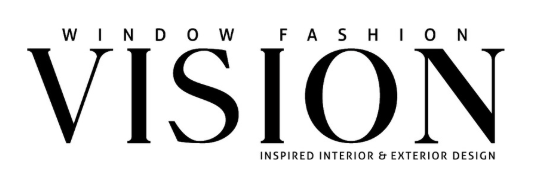

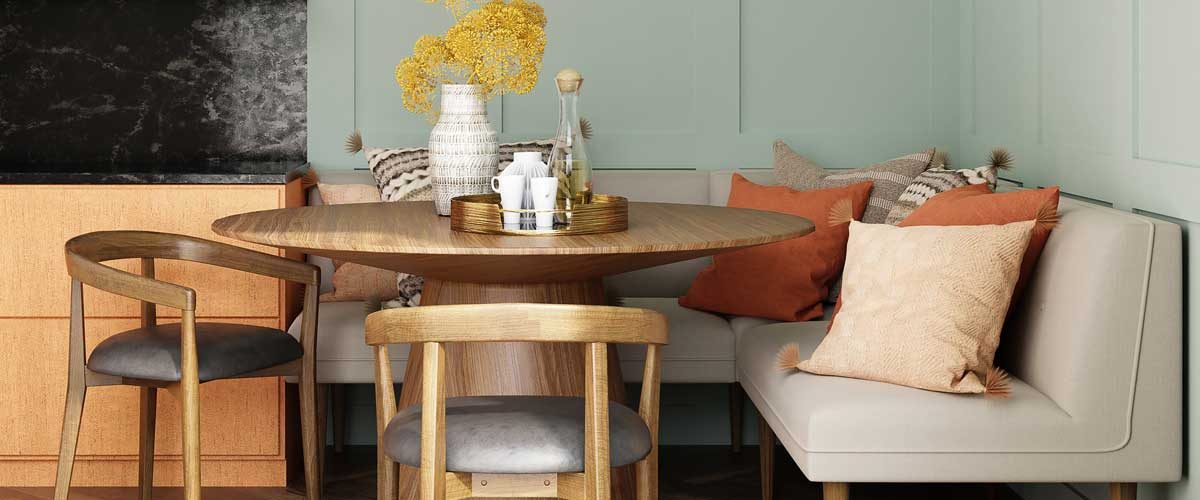


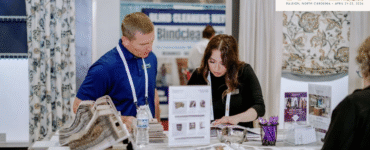
 © 2025 BridgeTower Media. All rights reserved.
© 2025 BridgeTower Media. All rights reserved.